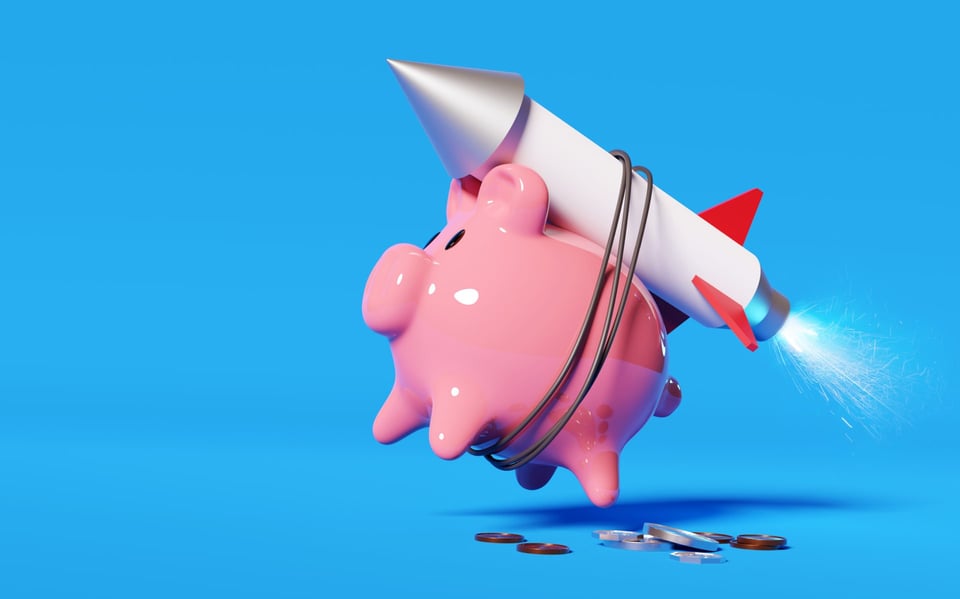by Joe Mendel –
“Games are the new normal.” – Al Gore1
“Gamification is the design that places the most emphasis on human motivation in the process. In essence, it is Human-Focused Design (as opposed to “function-focused design”).” – Yu-Kai Chou2
“Girls just wanna have fun…” – Cyndi Lauper, 2009
Well, I think Cyndi Lauper in 2009 (and originally Robert Hazard in 1979) had it partially right – everyone likes to have fun but more specifically likes to have fun while being competitive, challenged and can attain a goal or reward that give them some status and satisfaction from achieving it. Greek mythology is filled with adventures and challenges as a quest for happiness and status. Jason and his famous Argonauts set out to find the Golden Fleece and encountered several adventures along the way, including facing down harpies, dragons, and Sirens to restore his place on the throne. The desired is deeply engrained in our culture to attain status and to accept challenges to reach new levels. Today all you must do is look at is the popularity of any video game that offers tokens and/or additional superpowers for reaching specific challenge goals – all while having fun along the way.
In a prior blog we examined the need for additional financial literacy and how it correlates with financial health and wellness and contributes to enhanced customer experience. I would like to expand upon that and to explore incorporating gamification and fun theory into financial service offerings and experiences. While this is not a new concept at all I think that it is worth some blog space to re-evaluate with respect to how financial services organizations can apply it to improving financial literacy while creating a unique customer experience.
Wikipedia defines gamification as “the strategic attempt to enhance systems, services, organizations and activities to create similar experiences to those experienced when playing games to motivate and engage users. This is generally accomplished through the application of game-design elements and game principles in non-game contexts. Gamification commonly employs game design elements to improve user engagement, organizational productivity, flow, learning, crowdsourcing, knowledge retention, employee recruitment and evaluation, ease of use, usefulness of systems, physical exercise, traffic violations, voter apathy, public attitudes about alternative energy, and more.” It incorporates a continuum of user engagement, reward, achievement, motivation, learning and challenge.
Fun theory tells us “that novelty makes things interesting and making something fun makes it feel good. When something is both novel and fun, it becomes intrinsically rewarding and we love doing it. What is more, it can have a lasting effect, because when you do something fun you not only feel good about what you are doing at the time, but afterwards you want to do it again. Fun can be mildly addictive which makes it powerful stuff”3.
In 2001 Volkswagen experimented with a hypothesis that became known as the Fun Theory. It was created by Volkswagen Sweden and ad agency DDB Stockholm as a competition to recognize that “fun is the easiest way to change people’s behavior for the better” or “people are more likely to do things they consider “annoying” when there’s a fun aspect to them.” It entailed the launch of a series of different public interventions: a piano staircase, a bin with a fifty-foot drop, the bottle-bank arcade, fast lanes in supermarkets and subways and a speed-camera lottery which were filmed, and the results posted as viral videos. The objective was to see how making a mundane event fun motivates people to change their behavior. The series was tied to a marketing campaign for a new car design which was more environmentally friendly than their standard offering.
The first and probably most famous of Volkswagen’s fun theories included was the Piano Staircase. The theory was that people would take the stairs more often instead of the escalator or elevator by making the staircase “fun.” The hypothesis proposes that by making a staircase more fun to use, people would stop using easier ways of transportation, such as escalators. By promoting the use of stairs, it would eventually improve the health of others by promoting an active lifestyle and a good well-being. The concept was for each stair in the subway staircase to produce various sounds when pressure was applied to their surfaces, as a piano would if it were being played. The results and impact were fascinating. All the “fun” interventions were used much more than other local options – the stairs, which were right next to an escalator where 95% of people normally use to go up to the street, were used 66% more than normal as people took their time playing a tune.
The second experiment was even more successful and amusing than the first. This one started with the idea that most people nonchalantly and mindlessly just throw their trash on the ground without regard. The Volkswagen people installed trash cans with special sensors that would play a sound like a rock dropping into an endless pit (or Wiley Coyote on his way to a puff of dust as a result of being outmaneuvered by the Road Runner) every time someone tossed their trash into the can. People found it extremely funny, collected as much of their own and other trash as they could find to repeat the performance. They doubled the amount of trash collected in the in one day.
Financial Services companies have realized the value of embedding gamification and fun theory into the DNA of their respective organizations because of social experiments like these. Companies that use gamification have proven to outpace their competitors in a variety of categories including revenue growth, customer retention, churn reduction and satisfaction scores. Banks like ENBD’s Fitness account in the UAE, BBVA, Moven and Barclays have already hit the market with gamified products and services. PNC has a “Punch the Pig” savings account while using online banking. The idea is to virtually “punch” a randomly generated pig which then allows you to send an amount to your savings account (LOL and kudos to PNC. I love this.) Payperks was designed to engage and change behaviors, using a combination of visual education, gamification, and sweepstakes-based rewards. These are great examples, and they will not be the last. Obviously, there is clearly a case for the advantages of the behavioral benefits from making something “financial” fun and challenging.
In our last blog we talked about what financial health and wellness and financial literacy means to different organizations and how each approach the concerns. Retail Banks, Digitally Native Banks, Neo-Banks and many fintechs offer the basics of financials tutorials and video classes, wellness planners and calculators and dashboards and metrics. Other organizations offer analysis of spending patterns, classifying/categorizing expenses, building budgets, and/or aggregating accounts from multiple third parties including tools that help consumers build their financial knowledge and/or skills which include credit repair, credit monitoring, and credit building services. My thought is to take this further like the example banks I mentioned earlier by increasingly “Funifying” offerings that promote financial literacy and wellness – reaching out to younger consumers, familiar with gaming attributes, through a combination of gamification, rewards, challenges, and visual education to form desired healthy financial behaviors for the future.
Benefits of “Funifying” Health and Wellness Programs
The benefits of including programs of gamified financial wellness into the portfolio of offerings has many advantages, some of which are bulleted below. The return on investment in this area goes well beyond financial revenues and includes contributions to the community and to individual personal values.
- Renewed faith and trust in financial services organizations as partners by millennial and younger market segments,
- Improved brand reputation and improved customer experiences that competitively differentiate the organization,
- More comprehensive understanding of customer behaviors which will be the foundation for intelligent analytics for future predictive and prescriptive selling,
- Reduced costs-to-service for better educated customers,
- Reduced fraud losses and charge-offs,
- Increased Customer Lifetime Values (CLTV), reduced churn and improved retention rates,
- Well informed consumers that are not in financial crisis.
At RCG Global, we help Financial Service organizations understand the complexity of remaining viable and competitive in the on-demand economy. We have been successfully solving complex business problems for financial service companies globally since 1974. Our clients rely on us to help them harness the speed of now that drives evolution to the hyper-business age. We know companies struggle to exist in an ecosystem of three simultaneously co-existing states, where the adoption of an evolutionary mitosis process constantly transforms and evolves operational and engagement models. Our engagement model has also evolved to provide the expertise necessary to identify evolutionary solutions and get you from strategy to impact efficiently and with minimal disruption, allowing you to off-load, mitigate and de-risk your most critical initiatives.
We ask questions to solve business problems. We engineer the velocity necessary to create competitive advantage through impactful outcomes. We make your strategy a reality by compressing the time between strategy on paper, to execution, to impact, maximizing returns on investment while creating competitive advantage.
Contact us. We can help you make a difference and make it fun.
Works Cited
1. Wikipedia "Al Gore" Retrieved from https://en.wikipedia.org/wiki/Al_Gore
2. Yu-kai Chou: Gamification & Behavioral Design https://yukaichou.com/
3. Fun Theory and the Extraordinary Power of Fun November 25, 2018, Stuart Wickes




